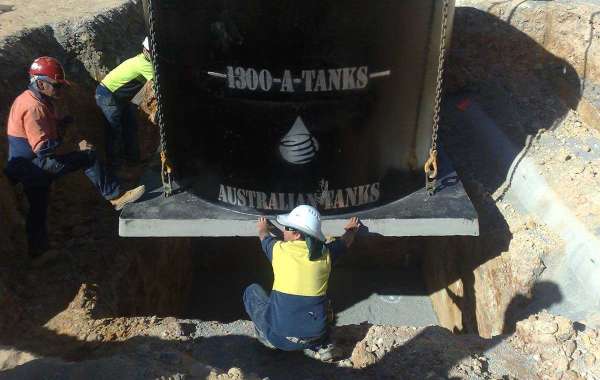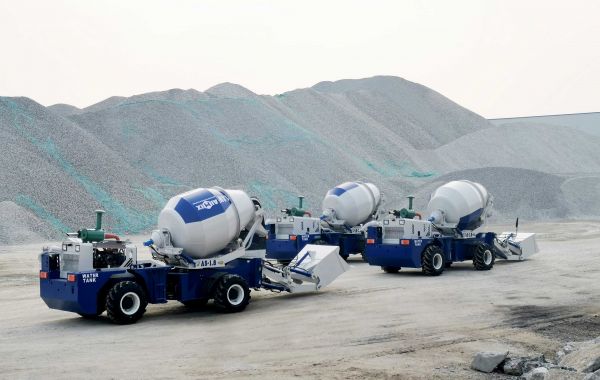There is an increasing requirement to control storm water runoff with many councils and government authorities requiring the controlled release of water into the urban drainage system. There is an increasing requirement for this type of storm water control. The challenges many governments face with their storm water systems is a result of increasing urban density which results in a higher amount of runoff going into the drainage system as well in many areas there is aging infrastructure that is expensive to upgrade or replace.
A solution to this issue is the use of a storm water tank which can capture and slowly release water into the drainage system. These work effectively as heavy rain events are generally relatively short in duration and there is a long period of time available to release water back into the drainage system after the rain has stopped.
There are two types of designs and configurations for Storm Water Tanks and these are retention and detention tanks. Both these tanks are able to capture runoff water including from the roof of the house or building or from the hard surfaces surrounding the house or building.
Detention Tank
A detention tank holds no water permanently and after the tank has been emptied following a storm event it is back to its maximum capacity and is available for the next heavy rainfall. The detention tanks works by discharging water slowly into the storm water system at a set rate over time.
Retention Tank
A retention Tank holds water like any other tank and stores water for use around the house and garden. The difference with a retention tank is it also provides storage and slow release of runoff water into the public water system. An example of this is a 5,000 litre tank holds 2,500 litres for ongoing use around the house or garden and there is 2,500 litres of storage that is slowly released to the storm water system.
The difference is the tank has a slow release fitting on the side of the tank. This will be the upper level for the permanent storage. These fittings are usually placed half way up the tank but can be placed at different levels depend on the volume of retention required.
How Large Should the Tank Be?
The size of the retention or detention tank will depend on the local council requirements and the size of the building's roof area and hard surfaces. Most council's who require storage and slow release of storm water provide guidelines on what is required for each site.
Storm water tanks can be designed with fittings that facilitate both applications.
The placement of the detention or retention tank will be determined by the size and slope of the site along with the requirement to catch the maximum amount of water from the site. Often more than one tank maybe required as there will be more than one point of capture on site. In some case there may be a requirement for an underground tank which will be required to harvest water at ground level and the water is then pumped back into the water drainage system.








